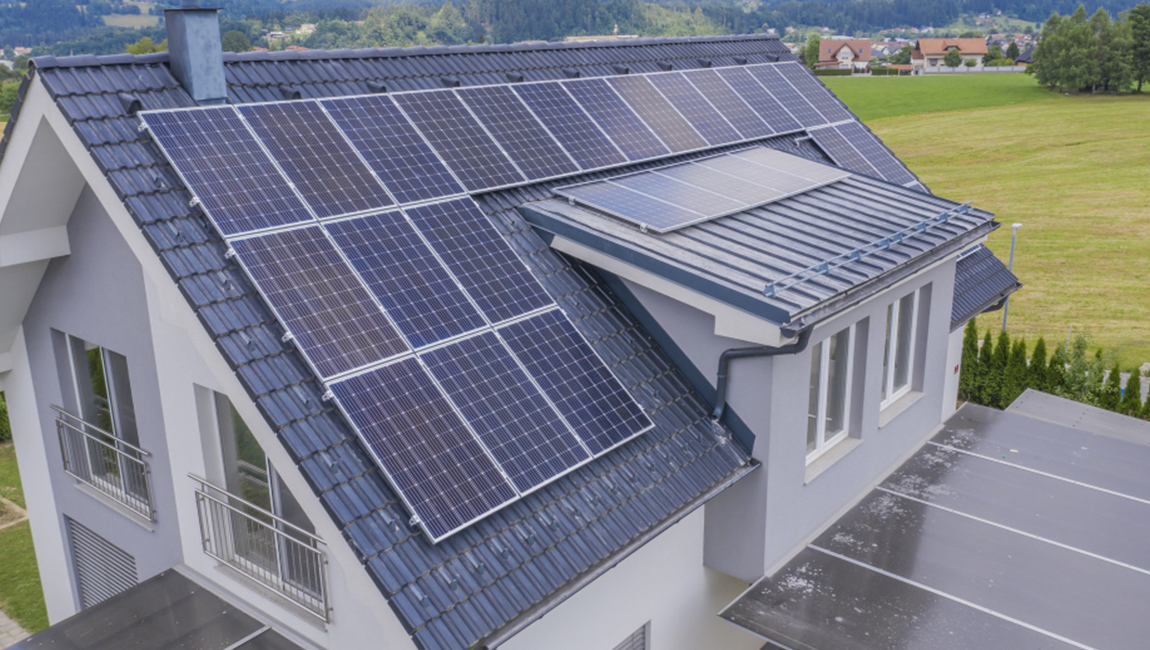With the growing global demand for renewable energy, solar energy is gaining more and more attention as a clean, non-polluting energy solution. Rooftop solar installations, as an efficient way to utilize solar energy, have been used in many homes and commercial buildings. However, the selection and application of photovoltaic (PV) connectors is particularly critical to realize the efficient and safe operation of rooftop solar installations. In this paper, we will take a closer look at the role of PV connectors in rooftop solar installations, their selection criteria, and their impact on system safety and performance.
The core role of PV connectors
The primary function of a PV connector is to ensure a solid connection between the solar panels and the roof structure. This connection must not only withstand the weight of the solar panels, but also resist the effects of natural elements such as wind and rain, thus ensuring the overall safety of the system. In addition, a good connector reduces energy loss and increases the energy efficiency of the solar installation.
The Importance of Improving Overall System Safety
Safety is one of the most important considerations during the installation of a rooftop solar installation. A solid connection system can effectively prevent the solar panels from shifting or falling off in extreme weather conditions, which is essential for protecting the solar installation itself, the building and the surrounding environment. Therefore, choosing the right PV connector is essential to ensure the long-term stable operation of the system.
Types of PV connectors and selection criteria
There are many types of PV connectors, including clamps, brackets, fasteners, and so on. The following key factors need to be considered when choosing the right PV connector:
Compatibility: Connectors must be compatible with solar panels and roofing materials to ensure a solid connection.
Weather Resistance: Connectors need to be able to withstand various weather conditions such as high temperature, low temperature, humidity, etc.
Load-bearing capacity: The connector must be able to withstand the weight of the solar panels as well as possible wind loads.
Ease of installation: Connectors should be designed for easy installation to minimize installation time and cost.
Impact of PV connectors on system performance
In addition to ensuring system safety, PV connectors have a significant impact on the performance of a solar installation. The design and materials of connectors affect the thermal management of solar panels, which in turn affects their power generation efficiency. In addition, the durability of the connector is directly related to the maintenance cost and lifetime of the solar installation. Therefore, choosing high-quality PV connectors is critical to improving the overall performance of the system.
PV connectors are an integral part of rooftop solar installations. They are not only related to the solid installation of the solar panels, but are also critical to the safe operation of the entire system. By choosing the right PV connectors, the overall performance of the solar installation can be effectively improved to ensure that it can operate stably under various environmental conditions, providing users with reliable green energy. Therefore, in the design and installation of rooftop solar installations, the selection and application of photovoltaic connectors should be given sufficient attention.
Solar PV connectors are used in rooftop solar installations to ensure a solid connection between the solar panels and the roof structure, improving the overall safety of the system.
